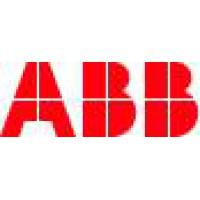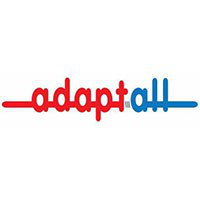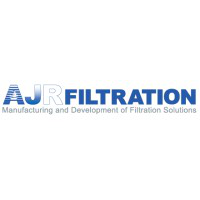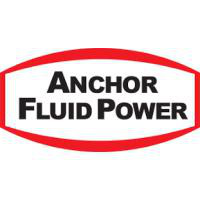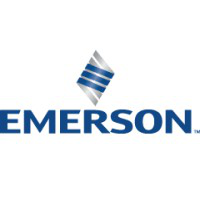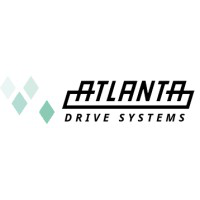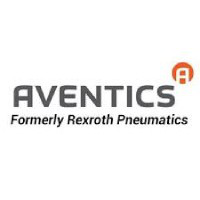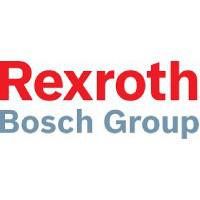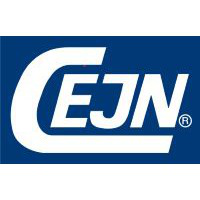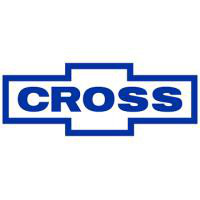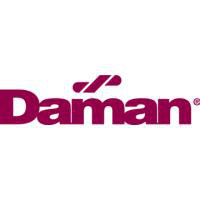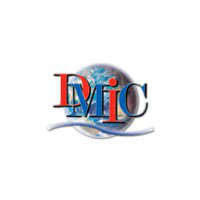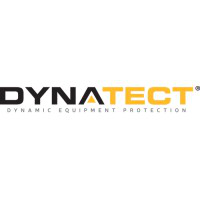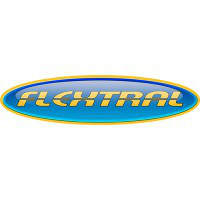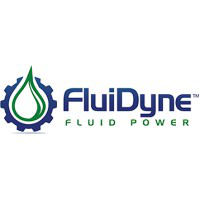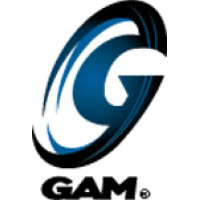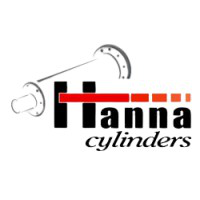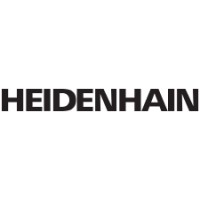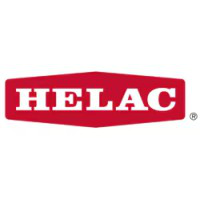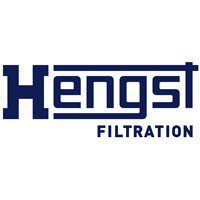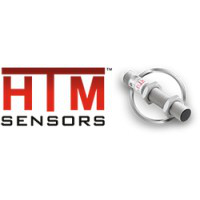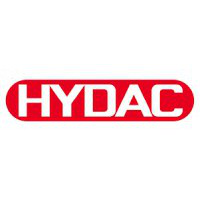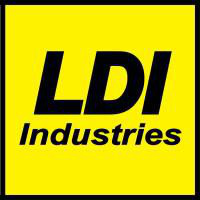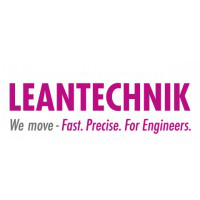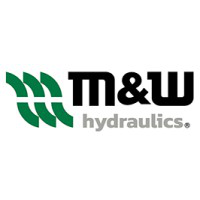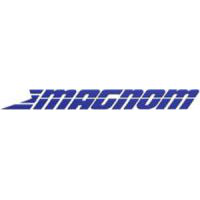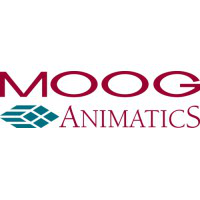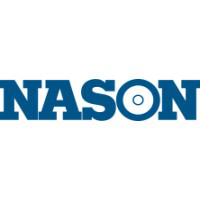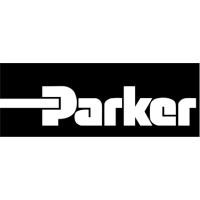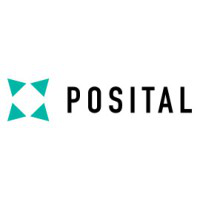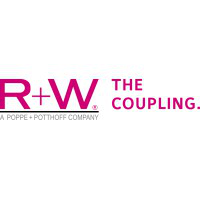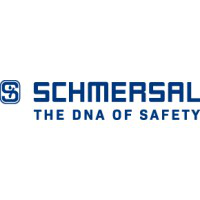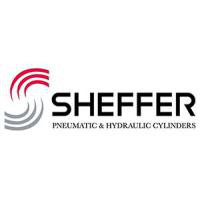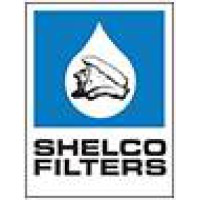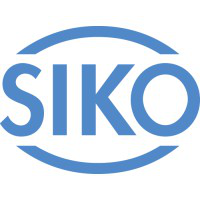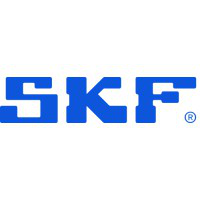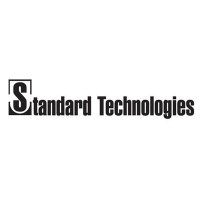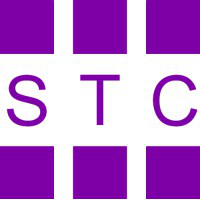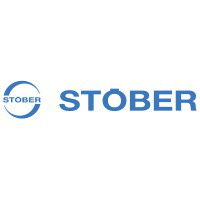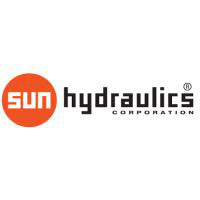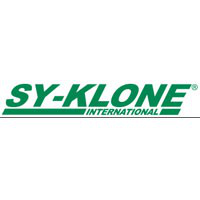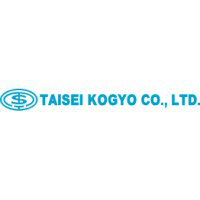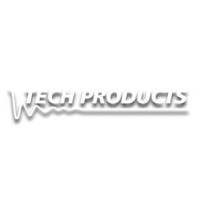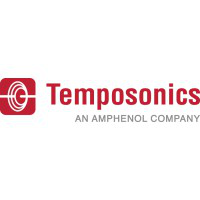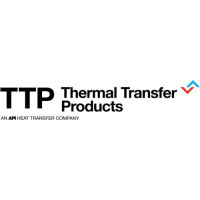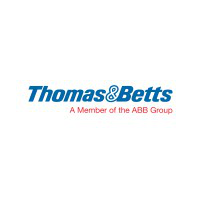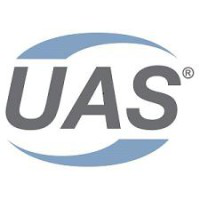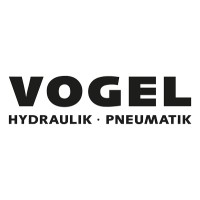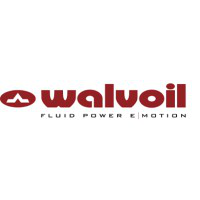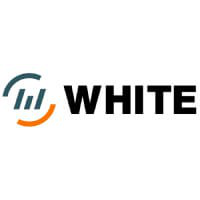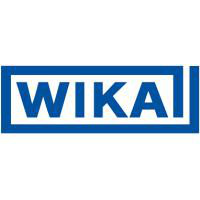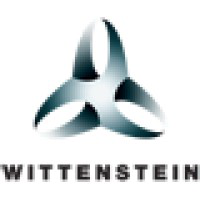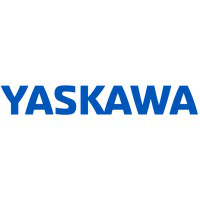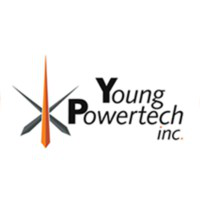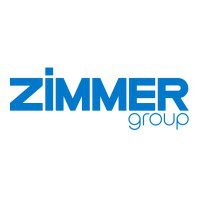Five Reasons Why Now is the Right Time to Consider a Press Retrofit
Via our strategic partners at Bosch Rexroth, we bring you a break down of 5 reasons why now is the right time to retro fit your press!
Bosch Rexroth and Hydrotech application engineers all agree: Presses are hard-working machines, and many have been in service for years—some since the early 1950s.
As a press ages, problems can occur, and even the most robust of presses will eventually require retrofitting or replacement. The initial symptoms may simply be increased or more frequent downtime while components are replaced. As time goes on, however, technological obsolescence may mean that the parts you need are not even available anymore. Perhaps more importantly, as technology advances, a 1950s-era press may not be able to make parts that meet the requirements of the 21st century.
Modern automotive parts are an excellent example: sheet metal used in today’s cars is significantly different from that used several decades ago, and controls from presses of that era simply do not offer the type of precision needed to create today’s intricate designs.
So why not simply replace the machine with a new one? Cost is an immediate consideration for most, especially if the plant has a good number of machines that will need to be replaced. It might also take longer to put a new machine into an established production flow, and result in more downtime than a retrofit might cause. Extrusion presses and forging presses, especially, are substantial pieces of equipment that might cause considerable disruption to facility operations if replaced outright. Of course, there are times when a new machine is the answer. But, since most presses are designed for years of service, retrofitting an older machine can often bring surprisingly cost-effective benefits that can add another decade or more to a machine’s service life.
In addition to understanding the needs of the application and the company, manufacturers should analyze any available data and known pain points to make an educated decision. What are some technology choices to make when considering a retrofit? Can it be accomplished without a lot of downtime? How much of an upgrade in functionality do we really need? Can a retrofit bring older machines into Industry 4.0?
The 5 reasons why now is the right time to retrofit your outdate press:
- Upgrading or switching technology may improve performance more than you thought
- Retrofitting improves worker and machine safety
- You can reduce cycle time and lower overall operating costs
- You can improve process visibility and react faster to production deviations
- Executing a retrofit will help you consider technology and capability upgrades in other systems and machines
But what does that all mean? Well, let's break it down!
1. Upgrading or switching technology may improve performance more than you thought.
Technology is advancing and provides a wider range of choices than ever. In certain cases, switching from older technology may be the best move for machine performance. For example, upgrading the hydraulics in an existing machine from traditional hydraulics to servo-hydraulics or a “hybrid” system can bring a substantial upgrade in machine capability: Speed control, force control, torque control and other enhancements all come from upgrading to a servo system. Adding a servo motor to a pump to create a “hybrid” system can yield similar benefits.
Upgrades in linear motion technology can also bring significant benefits, especially with older presses. For example, if a press has an older plain or solid type linear bearing, swapping the plain bearing with a modern rolling element linear bearing can drastically improve energy efficiency. Due to the design of a plain bearing, it generates surface-to-surface contact, increasing friction and the energy required to power it. Modern ball and roller bearings offer a nearly limitless variety of options too, in precision, sealing capabilities, bearing size and shape, so it’s easy to find the right level of performance upgrade to suit your needs. Retrofitting out the older components provides cost-saving benefits to the machine, extending its life significantly, and improving overall production.
For smaller presses, a technology switch from hydraulics to electromechanical technology may bring additional benefits, such as noise reductions and improved factory floor cleanliness. There’s no more hydraulic fluid to deal with, and today’s electromechanical cylinders provide high-force, precision movement with extremely quiet operation. Rexroth’s EMC Electromechanical Cylinders use either ball or roller screws depending on the force requirements, and reduce plant noise because there is no hydraulic fluid in action. Electromechanical technology has a limited force application range, however, maxing out at around 30 tons of force. Dynamic loads during operation and the required press duty cycle might reduce this even further. So, while electromechanical retrofits as a replacement for hydraulics are possible in a range of applications, the power density of hydraulic drives means that most hydraulically-powered presses will stay in the hydraulics family.
But even in these high-force applications, users still have options to reduce noise. Variable speed pump drives, like Rexroth’s Sytronix pump, for example, can achieve noise reductions of up to 20 dB in machine operation. When implemented in multiple machines within a single factory, the change in operator comfort and productivity can be considerable.
2. Retrofitting improves worker and machine safety.
With the advancement of safety technology and additions to government safety requirements, older machinery, in its original state, may not comply with all of today’s regulations and may need to be upgraded to fit current safety standards. In simple terms, an aging machine can cause environmental and operational hazards such as oil leaks, loose wiring or components that fail. And while it can be relatively easy to make the necessary repairs to fix those types of problems, safety technology has progressed so significantly that taking such a reactive-only approach will cause you to miss the potential for healthy productivity upgrades. For example, until recently, the definition of “E-Stop” meant cutting power to a machine immediately. This proven and necessary feature not only prevents injury to the machine operator, but also protects the machine by stopping moving parts from crashing and causing further damage to the machine. Once repairs have been made, the machine is turned back on and, after a lengthy boot-up cycle, resumes operation. Safety today has advanced significantly beyond this.
Today’s safety technology, such as Rexroth’s Safety on Board, eliminates the lengthy boot-up cycle by taking a much more sophisticated approach to locking out just specific aspects of the machine. Instead of having to cut power entirely, Safety on Board lets you stop operation of moving parts so that you can repair the machine safely while it is still under power. Once repair personnel has safely exited the machine, operation can resume without having to re-boot the entire machine. The time saved in waiting for the machine to reboot can result in a substantial improvement to production efficiency and increase the parts-per-minute capabilities of the machine to increase Overall Equipment Effectiveness (OEE). Less downtime means more production.
In addition to control electronics, safety features also continue to improve in the machine componentry. Rexroth press safety blocks, for example, can be implemented into the hydraulic circuit of existing machines for added safety. Used mostly in down-acting machines, such as stamping lines, cold-forming machines and peripheral equipment, these safety blocks are retrofit-friendly components that can add a good measure of protection. However, safety should always be viewed holistically when evaluating potential for a safety upgrade. If not integrated into the machine control, even simple upgrades like the safety blocks mentioned above will be ineffective. New controls, safety blocks and safety Programmable Logic Controller (PLC) or I/O technology is constantly being developed, each bringing new safety capabilities to the manufacturing sector. All the safety features and components can be implemented, but if they are not connected to a machine safety infrastructure, they are of little value to production.
3. You can reduce cycle time and lower overall operating costs.
Retrofitting opens doors to many untapped possibilities. Among these are improved cycle time, previously unrealized continuous improvement process (CIP) enhancements and better safety features as discussed above. As Bosch Rexroth Sytronixpart of ongoing CIP, improvement in OEE is another benefit of retrofitting a machine with modern components, resulting in improved quality, productivity and machine availability. When considering overall production efficiency, implementing analytics is vital to understanding what is going on with your machines. Rexroth has recently introduced an online software tool called Improvidus, which is specifically designed to help manufacturers calculate the OEE of their machines and systems. Different modules within the software allows users to look deeper into different production factors, such as equipment availability, production output and deviation information. Improvidus, or software like it, provides a simple solution for making educated decisions about which production components parts might benefit from an upgrade or retrofit to increase OEE. For older presses, gathering information like this is a good first step in making the decision for retrofit, and may help quantify the benefits of doing so.
So what about energy efficiency? While energy costs remain relatively low in the United States, the hidden cost of energy that is wasted can add up, and offers real potential for savings. In reviewing potential opportunities for retrofitting your presses, always look to eliminate wasted energy first. Leaky hoses and worn components can cause the system to work harder and increase the cost of operation.
If data suggests that energy savings may be substantial if you take action across multiple machines, you might wish to explore retrofit opportunities with modern variable-speed pump drive technology, like the Sytronix pump drives mentioned earlier in this article. These pumps provide power at the required levels only when needed during press operation, offering energy savings of 30 to 80 percent during typical operation. So even if energy is cheap, retrofitting your presses with the latest energy-efficient technology can still lower your energy-related operating costs significantly, as well as reduce plant noise.
4. You can improve process visibility and react faster to production deviations.
What about Industry 4.0 and Industrial Internet of Things (IIoT)? Is it possible to retrofit older machines to collect previously unavailable real-time data? The answer is yes. Both electromechanical and electrohydraulic technologies now frequently offer self-diagnostic and connectivity capabilities that can help manufacturers benefit from the latest industrial revolution. Other new products specifically designed to bring connectivity to older machines are also appearing now, such as Rexroth’s IoT Gateway. The technology was initially demonstrated on a lathe used by Robert Bosch himself in the 1880s. By adding sensors to key functional components and connecting back to simple hardware with a web-based interface, it’s possible to gain real value from data you didn’t think you could get.
Getting this data can turn out to be vitally important, especially if you’re considering a larger retrofit or even new equipment. How do you know what problem you’re trying to solve for sure? By collecting OEE data and monitoring machine performance, you might discover that the press is operating just fine; instead, it’s waiting for parts that are not arriving when they should. With real-time data, you have instant visibility to equipment problems or deviations: Manufacturers can know what is happening within their plant anytime, anywhere. Sensors can be calibrated to monitor machine part wear or temperature and keep operators informed on individual press operations or other key production processes. In systems with Rexroth’s linear guides, adding the new IMS Integrated Measuring System as a linear encoder is a relatively easy retrofit to provide position sensing data.
The possibilities to retrieve data and act on it are virtually limitless in today’s connected world. In fact, in a wise implementation, integrated sensors can even predict production issues before they occur and alert machine operators to take action before production is affected. Consider torque monitoring as a relatively simple example. In a press, when a screw drive starts to wear out, the motor torque required to turn the screw increases. If the servo drive detects this increased torque, it can send an automatic notification allowing plant operations to take action before it completely fails. This reduces the chances of downtime caused by unplanned repairs. It truly is becoming a brave new world for manufacturers. The potential for improved OEE is immense with Industry 4.0.
5. Executing a retrofit will help you consider technology and capability upgrades in other systems and machines.
Automation and technological innovation is moving fast. It can be hard to stay abreast of new capabilities that might give your company a competitive edge. Implementing a retrofit gives you an inside look and hands-on experience with the latest technologies. Even simply consulting with knowledgeable experts about what might be possible can yield unexpected insights. When deciding a retrofit, manufacturing engineers and machine operators must consider which factors are critical for their unique operation to stay financially and industrially competitive – and still deliver quality product. A retrofit may even open your eyes to other cost-effective upgrades in your operation, particularly if you consider OEE across the entire production system. Even if you are start small by retrofitting equipment now, when you do need to add machines, the knowledge you gain from the retrofit will help you assess new equipment more effectively.
Implementing a retrofit is not a minor decision. Especially if new technology is being considered, choose a qualified partner with expertise across all drive and control technologies, like Rexroth, to guide you through the process.
Conclusion
Industrial presses have long been the workhorses of manufacturing, expected to run forever with little maintenance. And because many presses do just that, it’s easy to overlook opportunities for improvement, or to anticipate impending failure. But with the rapid advances in connectivity and performance in both electromechanical and hydraulic systems, there has never been a better time to consider upgrading your presses via retrofit.
Optimized machine functionality and additional safety features can increase throughput and OEE, and as the industry becomes more connected, manufacturers can benefit even more by taking a systematic, step-by-step approach to a more connected production environment overall. A press retrofit is the smart first step. It’s more cost-effective than replacing the entire machine, and can breathe years of new life into machines once thought to be long past their prime. With the right retrofit strategy, your workhorse presses might just run better than they ever have before.
Hydrotech is the authorized distributor, supplier, and integrator for Bosch Rexroth in Ohio and Kentucky. If you would like additional info, please contact us at 888-651-5712!
We Support The World’s Leading Manufacturers
The Hydrotech Difference
No Gaps. No Games. No Guesswork.
Your success is our mission! At Hydrotech, we drive innovation with precision-engineered solutions that eliminate uncertainty, empowering you to lead with confidence. Our team combines expertise in fluid power, automation, service & repair, and connected technologies to deliver exactly what your operation needs. With a commitment to the highest standards and partnerships with leading global brands, we’re here to ensure Nothing Can Stop You Now.

